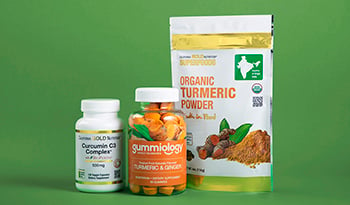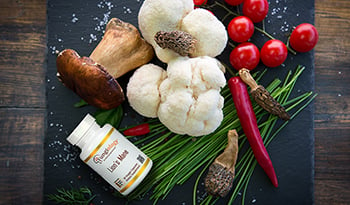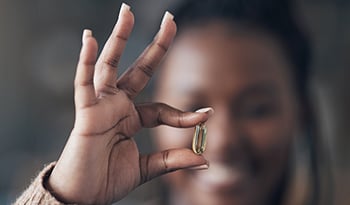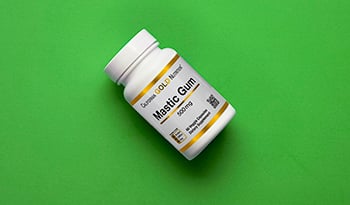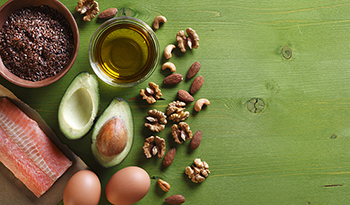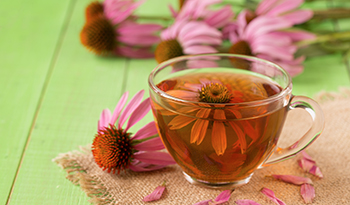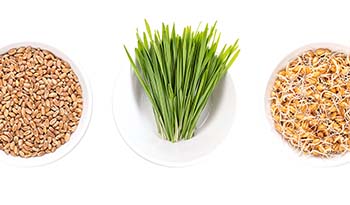Przeciwutleniacze roślinne

Terminy "przeciwutleniacze" i "wolne rodniki" stały się dość powszechne w ostatnich latach. Wolny rodnik to cząsteczka, która może wiązać się i uszkadzać część ciała. Wolne rodniki lub uszkodzenia "oksydacyjne" powodują, że się starzejemy. Wykazano również, że wolne rodniki są odpowiedzialne za powstawanie wielu chorób, w tym dwóch największych zabójców Amerykanów - chorób serca i raka.
Przeciwutleniacze to związki, które pomagają zapobiegać uszkodzeniom powodowanym przez wolne rodniki. Przeciwutleniające składniki odżywcze, takie jak beta-karoten, selen, witamina Ei witamina C. Wykazano, że pomagają one chronić przed chorobami, które zostały powiązane z wolnymi rodnikami - w zasadzie wszystkimi przewlekłymi chorobami zwyrodnieniowymi.
Różne działania
Na podstawie obszernych danych wydaje się, że połączenie przeciwutleniaczy zapewnia większą ochronę niż duże dawki jakiegokolwiek pojedynczego przeciwutleniacza. Powodem jest to, że odżywcze przeciwutleniacze mają zazwyczaj bardzo wąski zakres działania przeciwko jednemu rodzajowi wolnych rodników. Dlatego też istnieje tyle różnych rodzajów przeciwutleniaczy, ile jest instrumentów muzycznych. Organizm wykorzystuje te przeciwutleniacze w połączeniu, tworząc symfonię. A optymalna wydajność wymaga przeciwutleniaczy roślinnych, które działają w połączeniu z przeciwutleniaczami odżywczymi, aby wypełnić orkiestrę.
Aby upewnić się, że otrzymujesz pełną ochronę antyoksydacyjną, zacznij od diety bogatej w pokarmy roślinne i multiwitaminę / multiminerał o wysokiej mocy. Następnie dodaj jakąś formę roślinnego przeciwutleniacza, wśród których najbardziej przydatne są ekstrakty bogate we flawonoidy.
Flawonoidy to pigmenty roślinne, które są silniejsze i skuteczniejsze w walce z szerszym zakresem wolnych rodników niż antyoksydacyjne składniki odżywcze. Oprócz nadawania koloru owocom i kwiatom, flawonoidy są odpowiedzialne za wiele ich właściwości leczniczych. Flawonoidy są czasami nazywane "naturalnymi modyfikatorami odpowiedzi biologicznej" ze względu na ich właściwości przeciwzapalne, przeciwalergiczne, przeciwwirusowe i przeciwnowotworowe.
Terapia celowana
Ponieważ niektóre flawonoidy mają tendencję do koncentrowania się w określonych tkankach lub komórkach, możliwe jest przyjmowanie flawonoidów ukierunkowanych na określone schorzenia. Wśród nich są proantocyjanidyny, zwłaszcza te, które są związane z innymi proantocyjanidynami, określanymi jako oligomery procyjanidolowe (PCO) lub oligomeryczne proantocyjanidyny (OPC). Cząsteczki te występują w wysokich stężeniach w pestkach winogron i korze sosny. Badania wykazały, że przyjmowanie PCO przez sześć tygodni w dawkach 150-300 mg poprawia całkowitą zdolność antyoksydacyjną krwi i zdolność absorpcji rodników tlenowych (ORAC).
Dla większości osób w wieku poniżej 50 lat polecam ekstrakt z pestek winogron lub ekstrakt z kory sosny. Ekstrakty z pestek winogron i/lub kory sosny wykazały również znaczące korzyści w przypadku następujących schorzeń:
- Astma
- Miażdżyca, nadciśnienie tętnicze i cukrzyca typu 2
- Zaburzenie koncentracji uwagi
- Niepłodność męska
- Choroba zwyrodnieniowa stawów
- Żylaki, kruchość naczyń włosowatych i niewydolność żylna
- Funkcje wzrokowe, retinopatia i zwyrodnienie plamki żółtej
Dla osób w wieku powyżej 50 lat, ginkgo biloba jest inną opcją. Jeśli jednak masz rodzinną historię raka, najlepszym wyborem jest ekstrakt z zielonej herbaty. Poniższa tabela może pomóc w określeniu, które ekstrakty bogate we flawonoidy mogą być dla Ciebie odpowiednie, a także ile należy ich przyjmować.
Ekstrakt bogaty we flawonoidy | Dzienna dawka dla wsparcia antyoksydacyjnego | Wskazanie |
Ekstrakt z borówki czarnej (25% antocyjanidyn) | 80-160 mg | Najlepszy wybór do ochrony oczu. |
Ekstrakt z głogu (10% procyjanidyn) | 150-300 mg | Najlepszy wybór w przypadku chorób serca lub wysokiego ciśnienia krwi. |
Ekstrakt z miłorzębu japońskiego (24% flawonoglikozydów miłorzębu japońskiego) | 120-240 mg | Najlepszy wybór dla większości osób w wieku powyżej 50 lat. Chroni mózg i wyściółkę naczyń krwionośnych. |
Ekstrakt z pestek winogron (95% oligomerów procyjanidolowych) lub ekstrakt z kory sosny | 50-100 mg | Ogólnoustrojowy przeciwutleniacz; najlepszy wybór dla większości osób poniżej 50 roku życia. Działa również korzystnie na płuca, cukrzycę, żylaki i chroni przed chorobami serca. |
Ekstrakt z zielonej herbaty (80-90% polifenoli ogółem) | 150-300 mg | Ogólnoustrojowy przeciwutleniacz. Może zapewnić najlepszą ochronę przed rakiem i jest najlepszym wyborem, jeśli w rodzinie występowały przypadki raka. Pomaga również chronić przed uszkodzeniem cholesterolu. |
Ekstrakt z ostropestu plamistego (70% sylimaryny) | 100-300 mg | Najlepszy wybór dla dodatkowej ochrony antyoksydacyjnej wątroby lub skóry. |
WYŁĄCZENIE ODPOWIEDZIALNOŚCI:Celem niniejszej Strefy Zdrowia nie jest stawianie diagnoz...














































































 Spis treści
Spis treści



